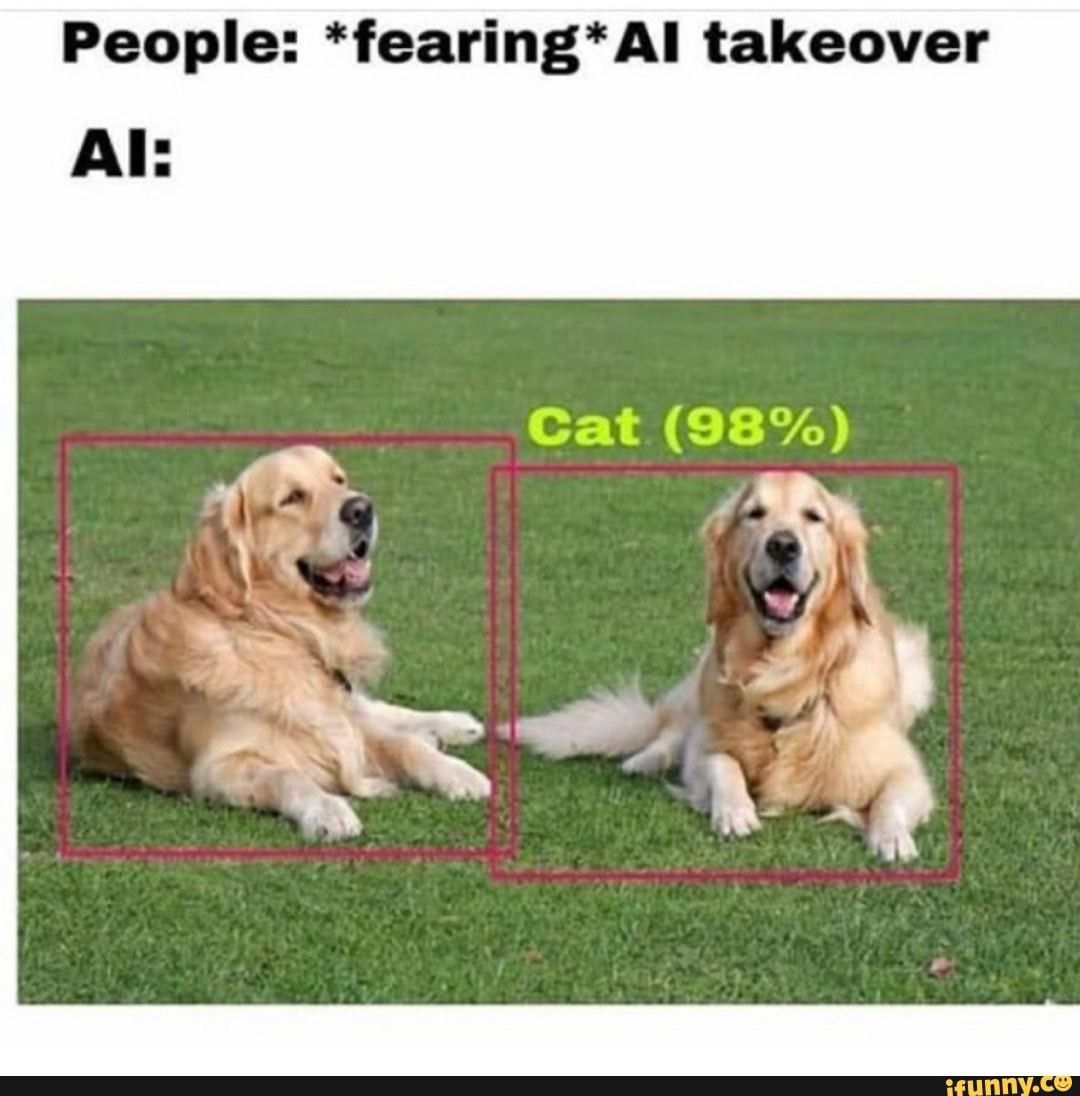Why do recommendation systems become so important?
Leading up to TikTok’s potential sale in the U.S., unnoticed by many, there was a flash of news that ByteDance refused to disclose its recommendation algorithm and sell it as part of the American company. On the one hand, it’s a small thing, as most of the algorithms were developed in the last 70–80 years. The company that will buy TikTok will get a huge audience. On the other hand, tech companies and their recommendation systems are of great value. Let’s find out why.

Social Networks
For many years, people have used recommendations. First, it was from the advice of a tribal leader, relatives, and, frankly, a lightning strike from the sky. Later, we started to use sellers’ recommendations in the stores, articles in newspapers, reviews, critics, and many other things. There was a significant breakthrough for the post-industrial era’s recommendation system, and it was social networks. On the one hand, it is a social graph based on which we meet new people, we keep in touch with old acquaintances, and communicate with each other. On the other hand, it is a massive system of recommendations, and it is entirely personalized because we choose for ourselves our social circle. On the other hand, the one, who did not post on FB anything about what movie he would watch or what book he would read, received only targeted recommendations.
It’s all impressive. The social graph brings new people to an application, people share the content, the virality grows, and the user base is being collected. Still, there is one thing, people get tired of monotonous content. Although strange as it may seem, including within their social circle, the content can be quite dull as everyone in their social circle may have already seen places like the Eiffel Tower in Paris or the Colosseum in Rome. To increase the virality, return rate, and viewing depth, it helps to add news, celebrities, interest groups, and more and more content, while your friend’s content goes more into the second place.
To be even more forthcoming, it also starts to get annoying because the news is mostly rather cheerless, and content from people like celebrities or influencers is quite monotonous, and at this point, a man appears in front of us as a unique personality.
We are all unique.
This is true, both on the part of DNA and on interests, society, friends, successes, and defeats. Then, the more information and time we have, the more we prefer something personalized. Personal voice assistants, private music playlist, or personal movie selection are handy. We are all unique personalities, and in the offer of games discounts for Christmas, we do not want to see the games that we bought a few years ago; by the way, greetings to one famous gaming console company. We don’t want to scroll through products that we already have or watch content that we have already seen.
Time is the most valuable resource, and if I have two hours a week to watch a movie, I want to find the film in the selection that I will like.
Technologies
At the current technology development stage, the social graph still plays a significant role, but personalized recommendation systems become the maximum value for any IT company. First, you have already understood that the algorithms increase retention rate, viewing depth, and virality for any content feed. Let’s see how it works as a complex at FunСorp:
- ML algorithms for sorting content in feeds
- Algorithms for selecting the best content for users
- Neural networks for identifying toxic and prohibited content
- Algorithms for finding duplicate content
- The service of already viewed content for each user
- Personalized feeds for each user based on their interests selected by the ML algorithm
And it’s just a small part of what is used to make our users smile in all our applications. And we are proud that we make our users happy and have excellent product metrics: Smile rate is 100 per 1000 views, viewing depth is 230 elements, retention.
As a result
The complexity and value of recommendation systems are to customize them to a specific content niche and audience; it requires hundreds of tests to get targeted results. We don’t know about the TikTok recommendation systems, but they certainly provide excellent product performance and are of high value because huge time was spent on iteration with them.


 Medium.com
Medium.com



